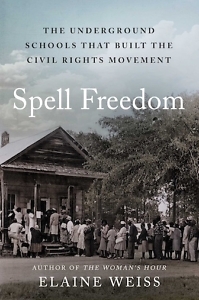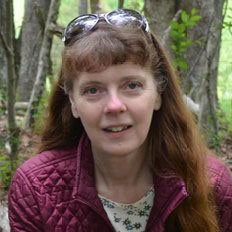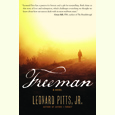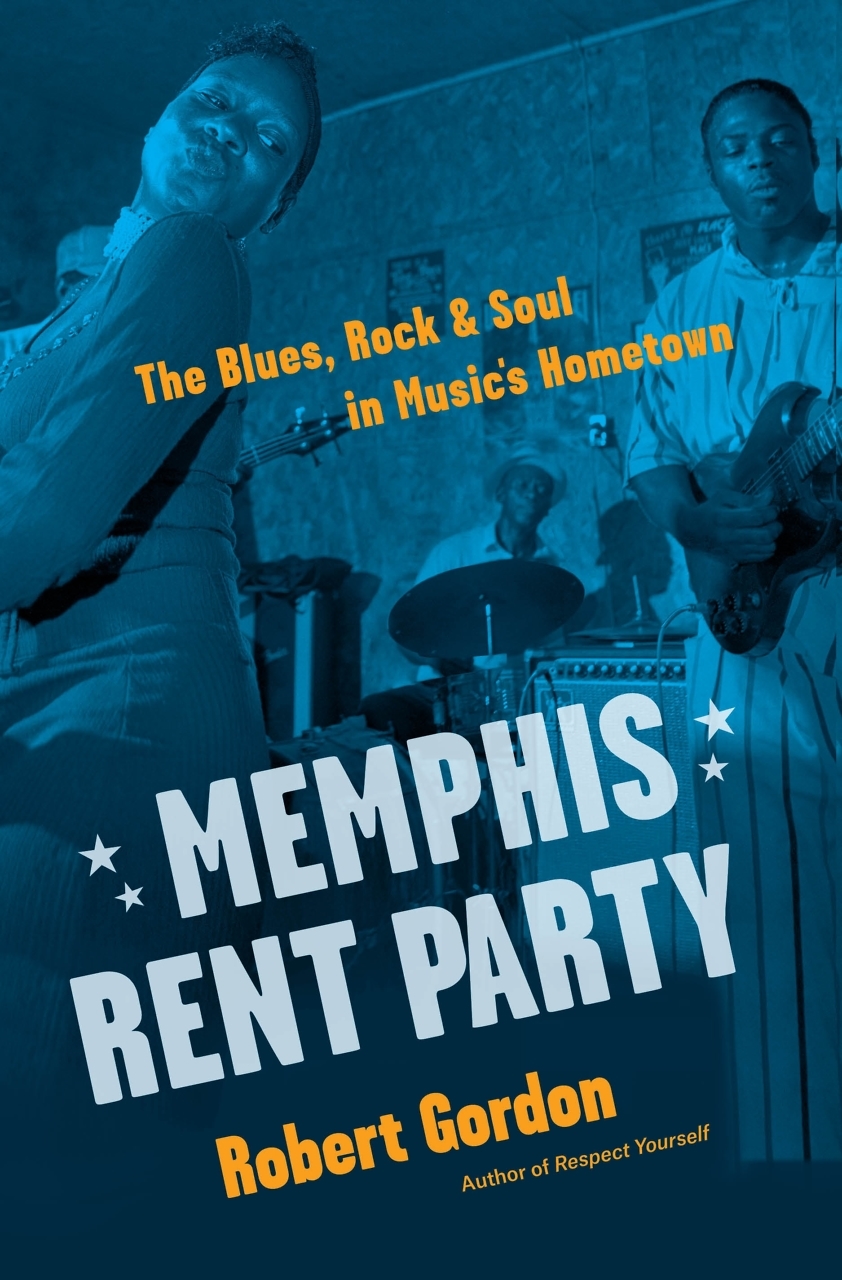Grassroots Revolution
Literacy schools in unexpected places helped Black citizens vote in the segregated South
There are many tenacious individuals in Elaine Weiss’ Spell Freedom: The Underground Schools That Built the Civil Rights Movement, but Esau Jenkins is among the most creative.

A father and businessman who wanted a better life for himself, his children, and other Black people, Jenkins drove a refurbished school bus carrying neighbors from their homes on Johns Island, off the South Carolina coast, to jobs in Charleston in the 1950s.
The bus wasn’t just a ride to work. It was a school. As he saw it, the way to a better life for Black people was to vote, and the only way to get more to vote was to help them pass the literacy tests aimed at disenfranchising them. So as Jenkins drove, he also lectured his passengers in their native Gullah about democracy, politics, and laws that would be on the test. Because it was an innocuous commuter bus, his mobile school went undetected by racist whites.
Spell Freedom is full of such courageous stories. This latest book by Weiss, whose earlier work includes The Woman’s Hour: The Great Fight to Win the Vote, illuminates the network of citizenship schools that eventually operated behind small groceries, in hair salons, and in other unlikely places throughout the South in the 1950s and early 1960s. Set between two landmark events — the U.S. Supreme Court’s 1954 Brown v. Board of Education ruling and the 1965 Voting Rights Act — it shows the grassroots part of the Civil Rights Movement that rarely made headlines.
Jenkins is important, but Septima Clark is at the heart of Spell Freedom. Daughter of a formerly enslaved man, she was a longtime teacher in Charleston’s dilapidated Black schools who fought Jim Crow repression for decades before joining the literacy movement. She met Jenkins when he came to her for help with reading and writing after being forced to leave school at 14. Along with her younger cousin, Bernice Robinson, Clark and Jenkins traveled to Monteagle, Tennessee, where they worked with Myles and Zilphia Horton at the Highlander Folk School, a racially integrated retreat center that had shifted its focus from labor issues to civil rights. Highlander brought Black and white people together, training them in activist methods, including how to teach literacy. For many, such as Clark, Highlander provided a first experience of Black and white people sharing communal space as equals.
 Spell Freedom joins other recent books that offer new perspectives on the Civil Rights Movement. Like Rachel Louise Martin’s A Most Tolerant Little Town, it focuses on education, and like Aaron Robertson’s The Black Utopians, it highlights the importance of community building. Like Betsy Phillips’ Dynamite Nashville, it takes us into the violence of white resistance. Weiss weaves all three themes together, showing us the police brutality, job loss, and other humiliations faced by those resisting disenfranchisement. A memorable example: Clark, who never drank, was arrested when local authorities tried to pin trumped-up charges of possessing alcohol on her and others at Highlander, which was located in a dry county. Alone in a cell beneath the men’s, she discovered their toilet waste came down from the ceiling.
Spell Freedom joins other recent books that offer new perspectives on the Civil Rights Movement. Like Rachel Louise Martin’s A Most Tolerant Little Town, it focuses on education, and like Aaron Robertson’s The Black Utopians, it highlights the importance of community building. Like Betsy Phillips’ Dynamite Nashville, it takes us into the violence of white resistance. Weiss weaves all three themes together, showing us the police brutality, job loss, and other humiliations faced by those resisting disenfranchisement. A memorable example: Clark, who never drank, was arrested when local authorities tried to pin trumped-up charges of possessing alcohol on her and others at Highlander, which was located in a dry county. Alone in a cell beneath the men’s, she discovered their toilet waste came down from the ceiling.
As the Voting Rights Act came closer to reality, opponents increasingly couched their resistance in the language of American patriotism, ostracizing anyone who disagreed, including other whites. Horton, who thought racial segregation was “corrosive to the soul of the South,” was accused of being a Communist sympathizer. After a heated court battle, the state closed Highlander and seized the Monteagle property — events discussed in Kim Ruehl’s book on Zilphia Horton, A Singing Army. Horton opened the Highlander Education and Research Center near Knoxville. It was firebombed in 2019, with white supremacist symbols painted at the scene.
Spell Freedom stands out for showing white and Black people working together to further the cause of civil rights. It also acknowledges sexism. At one point Horton and other male leaders made plans for Clark and Robinson to relocate without consulting them. Women who had taken leadership roles were not allowed to speak at the August 1963 March on Washington. When Clark, Rosa Parks, and others complained, an arguably condescending “Tribute to Women” was hastily added to the program. In her 70s, Clark became active in the burgeoning women’s movement.
After more than half a century, the Civil Rights Movement is often remembered for its dramatic turning points, like the March on Washington or Ruby Bridges entering the school building. Weiss adds depth to historical understanding by allowing us to see the hard organizing work that made such events possible.

Jane Marcellus is a Tennessee writer whose work includes critical analysis, journalism, and essays. She currently teaches at the University of Mississippi.


